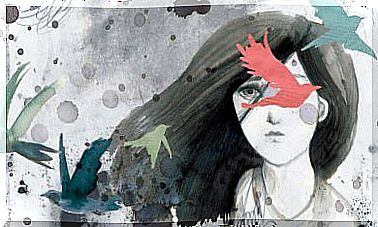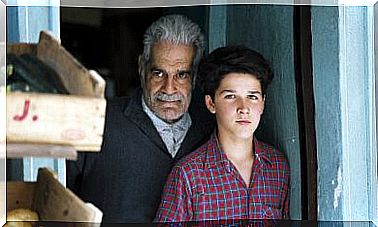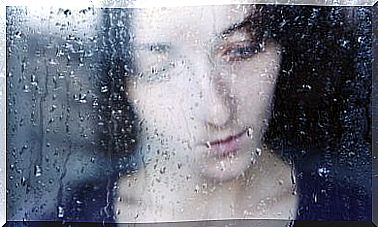The Interesting Life Of Hermann Rorschach
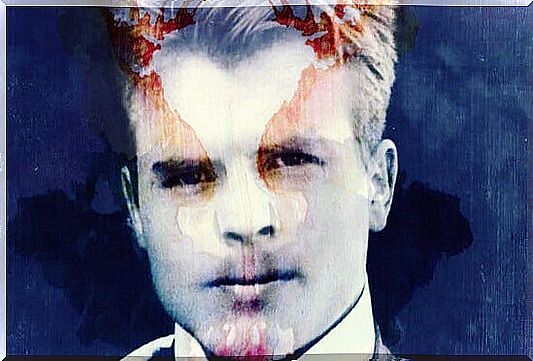
Hermann Rorschach was a physician and psychiatrist who belonged to the first generation of Freudian psychoanalysts in history. He became famous throughout the world for a famous test that bears his surname: the Rorschach test, better known as the stain test.
He was born in Zurich (Switzerland) in 1884. He came from a humble family. His father was a modest painter, who earned his living by giving private art classes. Hermann Rorschach also showed interest in drawing from an early age. He mainly liked a technique called “flexography. “
Hermann Rorschach was fond of playing a game that consisted of filling a paper with ink and then folding it. In this way, unique and fun figures were obtained. For that reason, his own companions gave him a premonitory nickname: klek , which means ‘stain’.

Hermann Rorschach, physician and psychiatrist
Hermann Rorschach hesitated as to what profession he wanted to pursue. Interested in biology and also in art, in the end he decided on medicine. He obtained his degree in 1909 and immediately chose to specialize in psychiatry.
During the development of his psychiatry studies, he had as professors prestigious psychoanalysts, such as Eugen Bleuler and Carl Gustav Jung. Hermann Rorschach became enthusiastic about psychoanalytic ideas and no longer abandoned them. He was especially interested in the issue of diagnosis. It was he who coined the word “psychodiagnosis.”
Later she became a patient care assistant at various hospital centers. Later he became director of nursing homes such as Munterlingen, near Lake Constance, Munsingen, near Bern, and Herisau, in the canton of Appenzell. Thus, he had extensive clinical experience as the basis for designing his famous test.
During those years he read The Novel by Leonardo da Vinci , a work by Dmitri Merejkovski that was published in Saint Petersburg in 1902. A passage in which one of the characters, named Giovanni Boltraffio, traces with his finger some stains of moisture that was on an old wall. The text states: “ Often on the walls,” it said, “ in the mixture of stones, in cracks, in the mold patterns of stagnant water […], I have found similarities with wonderful places , with mountains, with steep peaks. , etc. ”.
The Rorschach test
Hermann Rorschach’s life was short. He died when he was only 38 years old. During his last three years he wrote the work with which he is still remembered many years later. It was entitled Psychodiagnosis and was published in 1921. In this, Rorschach defined the foundations of his test, which he called “projective”. He pointed out that their purpose was to explore the imaginary representations of people, asking them to verbally express the associations they made in relation to some pictures.
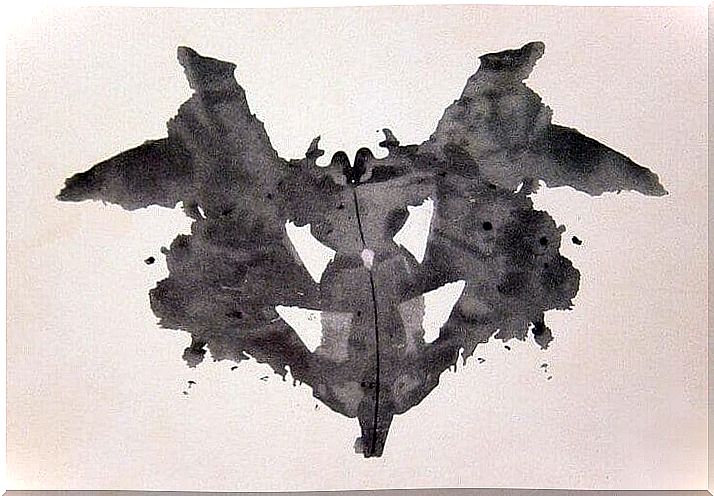
Previously, Rorschach had studied in detail the mechanisms of sleep, delirium and hallucinations. Although he was always a follower of Freud, in his concepts and his language a clear influence of Jung is seen. He looked for internal images and traces of civilization in the responses of his patients.
He managed to condense everything into 40 images that, apparently, are “spots”. The patient observes them and says what he seems to see in them. Currently only 15 of these images are used when the Rorschach test is applied. In his day, the main objective was to determine whether patients were neurotic or psychotic.
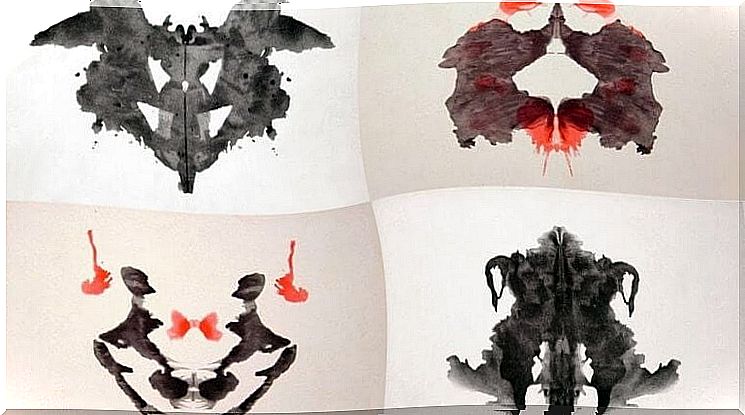
Rorschach’s legacy
The Rorschach test is one of the most widely used diagnostic tools in clinical psychology. Currently it is not only used to determine if there is neurosis or psychosis, but it has multiple applications. They range from the identification of the main personality traits, to the evaluation of job access.
This test is also frequently used in the forensic area. This is because the specialists who defend its value believe in an idea: the interpretation of the plates is beyond rational control. Therefore, the people to whom it is applied would hardly be able to manipulate the results. Thus, the Rorschach test would reveal deep aspects of the personality and that is why it remains in force almost 100 years after it was created.
Hermann Rorschach made great contributions to psychology and psychoanalysis. Somehow his work was incomplete, as he was surprised by death in full development of his technique. Still, it marked a before and after in the exploration of the human mind.

